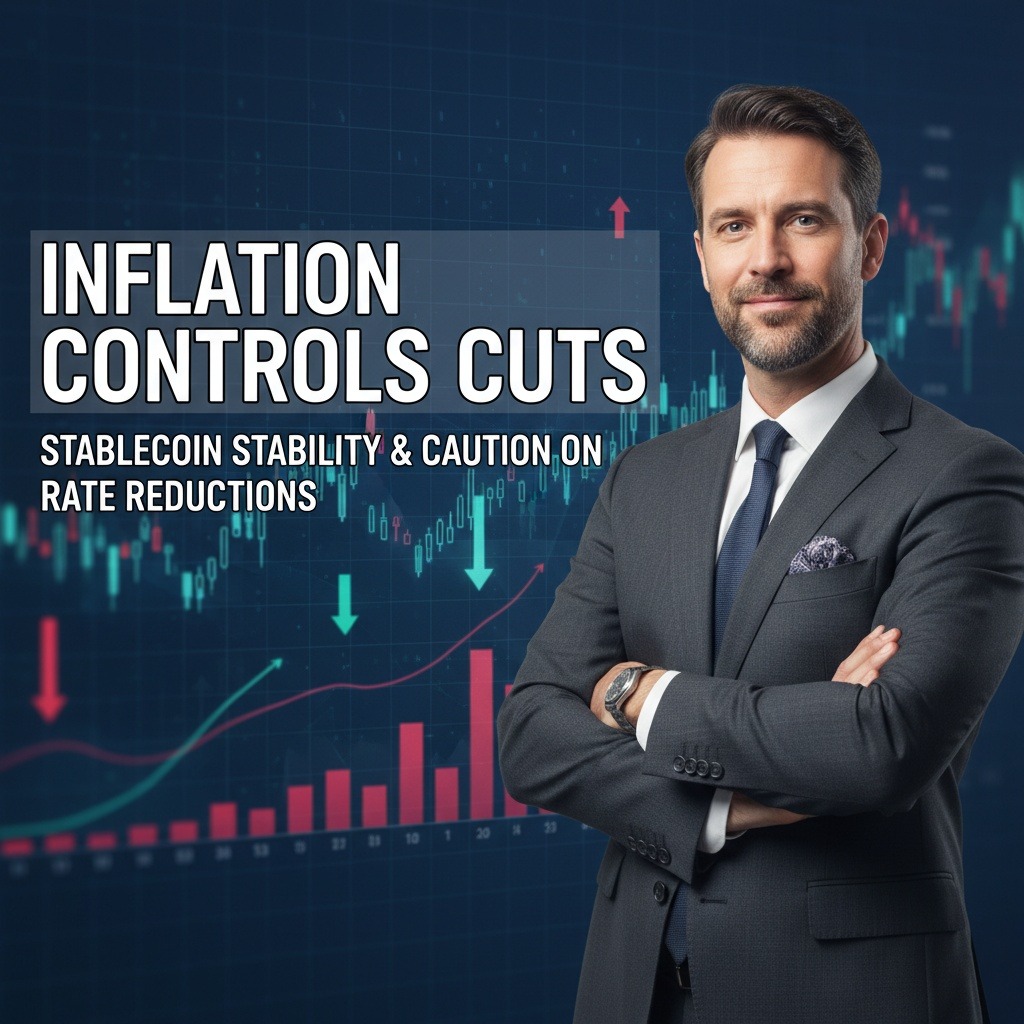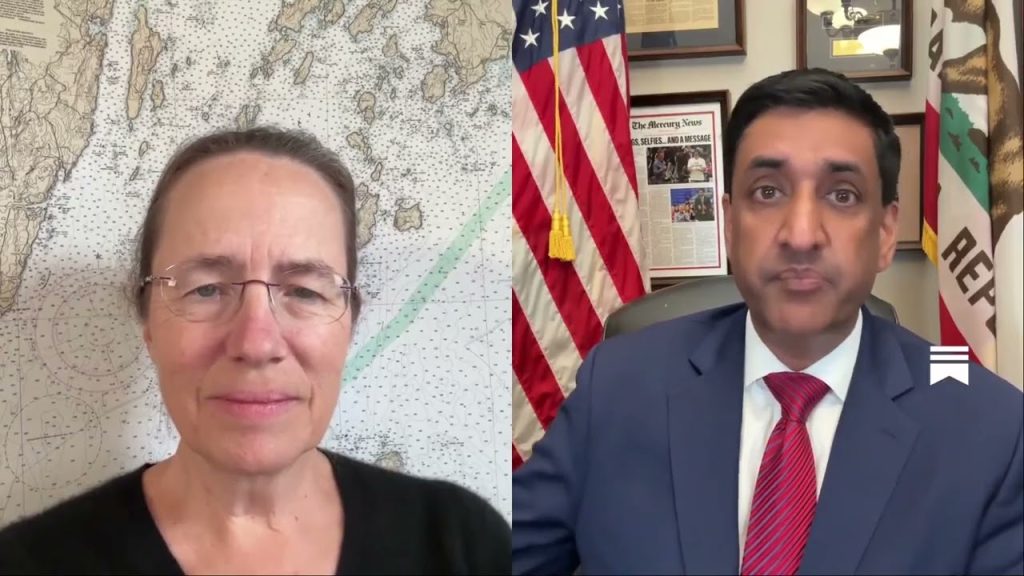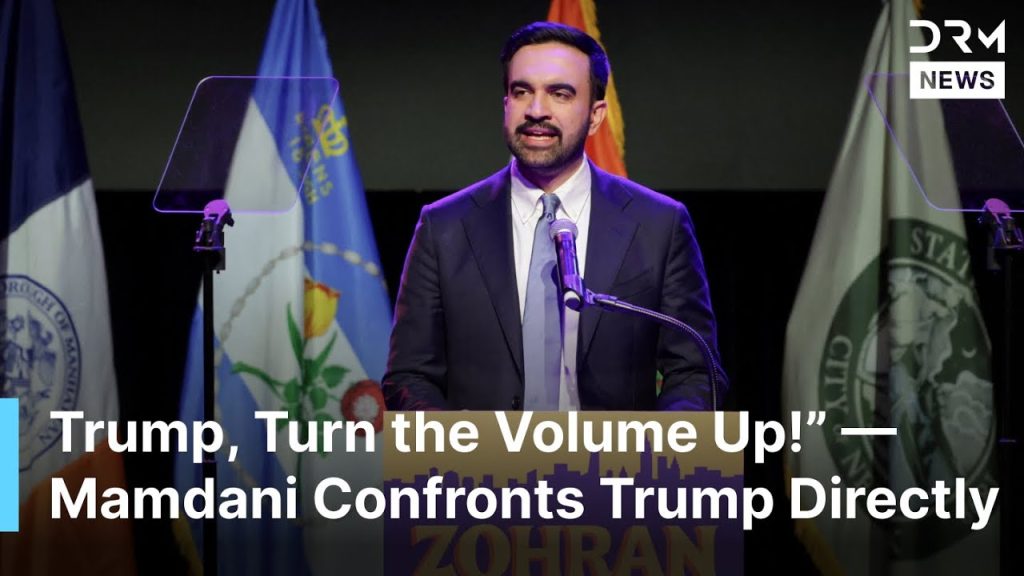JPMorgan Chase CEO Jamie Dimon recently expressed critical insights on the potential for interest rate cuts by the US Federal Reserve, emphasizing that such actions hinge significantly on inflation rates. Speaking with CNBC-TV18, Dimon articulated that the Fed faces challenges in reducing rates while inflation is persistently high, noting that the current inflation rate appears to be “stuck at 3%.”
Dimon cautioned, “If inflation does not go away, it’s going to be hard for the Fed to cut more.” He conveyed optimism about overall economic growth but stressed that expectations for rate reductions should be tempered. This commentary comes amid market predictions that anticipate multiple rate cuts in the next year, with some analysts forecasting as many as five cuts.
The Federal Reserve’s decision to lower interest rates can significantly influence the cryptocurrency market. Cheaper borrowing costs generally encourage investors to engage with riskier assets. A recent rate cut of 25 basis points for the first time in 2025 helped propel Bitcoin (BTC) to surpass $117,500, marking its highest level in over a month. Looking forward, CME FedWatch data suggests the market is eyeing further cuts, with expectations for an additional 25 basis point reduction in the upcoming October Fed meeting, followed by another in December.
Despite these projections, Dimon’s remarks might dampen market enthusiasm, as the Fed’s outlook reflects uncertainty regarding future cuts. Observations from the latest US inflation reports reveal a 0.4% increase in August, contributing to an annual inflation rate of 2.9%, which is above the Fed’s 2% target.
In addition to discussing interest rates, Dimon addressed the growing prominence of stablecoins. While stablecoins have emerged as a focal point for regulatory scrutiny among banks since Congress introduced new laws in July, Dimon asserted he is “not particularly worried about” these digital currencies. However, he acknowledged the necessity for banks, including JPMorgan, to maintain a thorough understanding of the evolving stablecoin landscape.
Dimon added, “There’ll be people who want to own dollars through a stablecoin outside the US, from bad guys to good guys to certain countries where you’re probably better off having dollars and not putting into the banking system.” This remark underscores the complex relationship between stablecoins and traditional banking systems, suggesting a careful approach is required to balance innovation with regulatory compliance.
As industry stakeholders deliberate how to engage with stablecoins, Dimon indicated that JPMorgan is exploring the possibility of forming a consortium to develop a bank-backed stablecoin. He mentioned, “I’m not sure central banks need to use it among themselves, so it’ll develop over time.” This forward-looking statement hints at a cautious but proactive approach within the banking sector toward adopting digital currencies.
Banking associations have called for stricter regulations surrounding stablecoins, arguing that current loopholes may allow these digital assets to offer yields that could compete with traditional bank accounts, potentially leading to instability within the financial system. These ongoing challenges highlight the need for a coordinated regulatory framework as the landscape of digital finance continues to evolve.
As interest rates, inflation, and stablecoin regulations intersect, the implications for both traditional finance and the cryptocurrency market remain profound.



